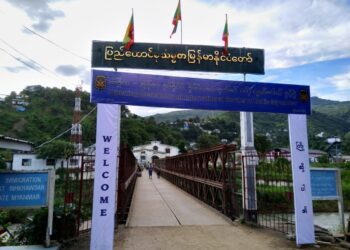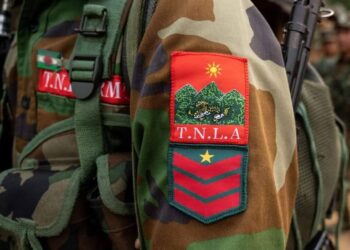As tensions escalate on January 10, 2024, a startling development emerges from the heart of the military council, shaking the foundations of unity and trust within its ranks. According to a military source, six commanders who had previously surrendered their weapons have been apprehended by the military council, sparking widespread speculation and concern.
Reports indicate that the arrested commanders had initially retreated from their positions, only to find themselves detained by their own comrades. The military council has cited charges of disruption of the army, disobedience, and insubordination as grounds for their imprisonment, signaling a crackdown on dissent within its ranks.
The arrested commanders, who had made what they believed to be the best decisions in the face of overwhelming odds, now find themselves facing the consequences of their actions. Some among them had even engaged in social activities, including drinking alcohol with leaders of the Three Northern Alliance (TLNA), further exacerbating tensions within the military council.
The images of these interactions have reportedly angered military leader Aung San Suu Kyi, prompting calls for swift and decisive action. However, observers warn that such measures risk further fragmenting the already fragile unity within the army, potentially undermining its effectiveness in the face of ongoing challenges.
The arrest of these commanders comes at a precarious moment for the military council, as it grapples with mounting pressure from internal dissent and external threats. The decision to take action against surrendered personnel reflects the council’s determination to maintain discipline and control, but it also underscores the underlying fractures within its ranks.
As the military council navigates these turbulent waters, the repercussions of its actions are likely to reverberate throughout the ranks. With more than 2,000 young men reportedly considering surrender, the council faces a delicate balancing act between asserting authority and preserving the loyalty of its troops.
In the midst of these challenges, the fate of the revolution hangs in the balance. While the difficulties faced by the military council may present opportunities for the advancement of the revolution, the path forward remains uncertain. As Myanmar braces for further upheaval, the struggle for unity and cohesion within the army takes on renewed urgency.





